How to write a generic cover letter
A general cover letter, also called a generic cover letter, is your baseline for creating a polished cover letter. Here’s how to go about creating one.
A general cover letter, also called a generic cover letter, is your baseline for creating a polished cover letter. Here’s how to go about creating one.
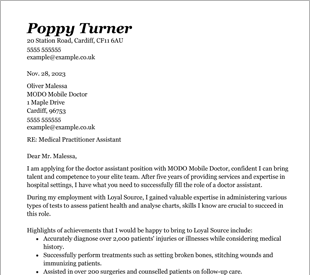
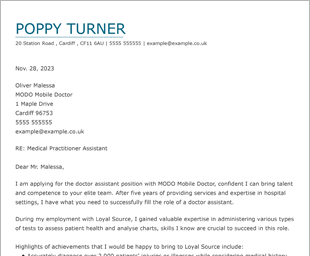
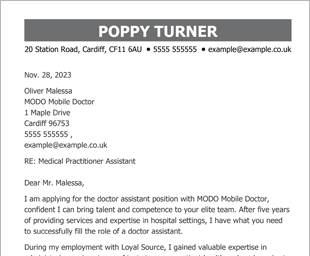
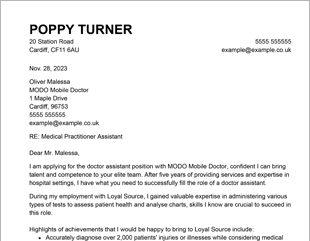
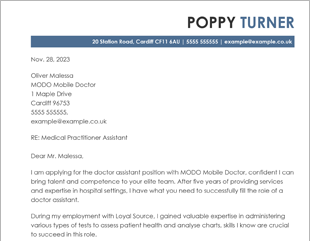
OUR USERS HAVE BEEN HIRED BY
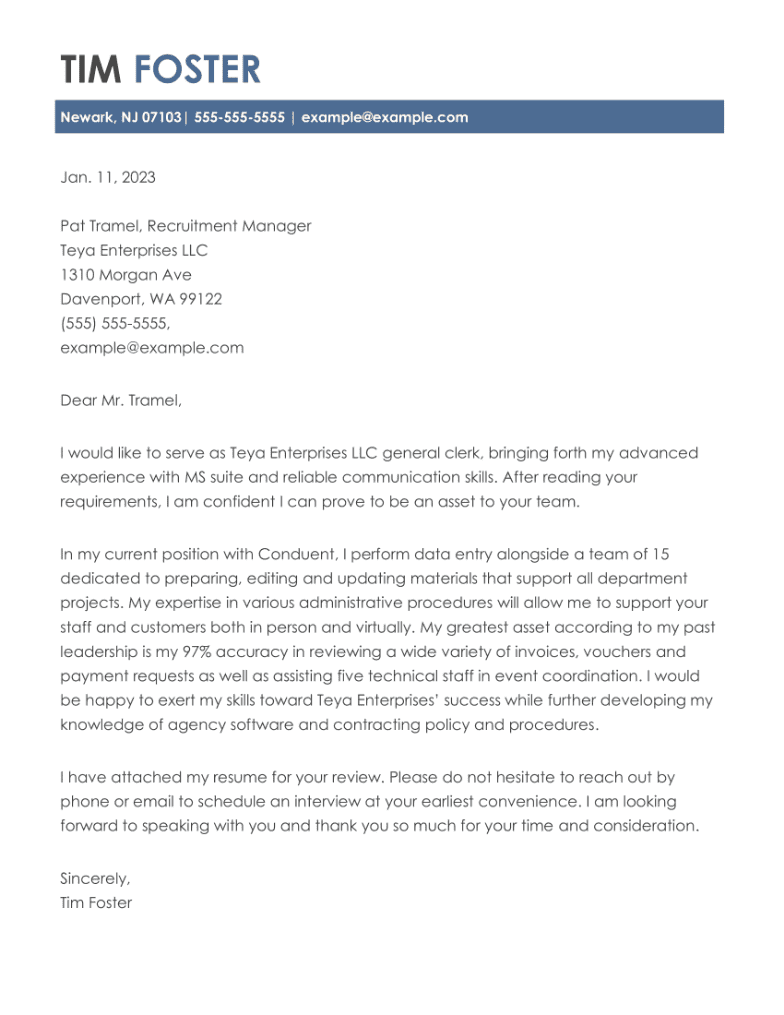
While the best cover letter is one that is tailored to the job description a job seeker is applying for, there is no need to write a cover letter from scratch every single time. A generic cover letter is a placeholder of sorts that sets the basic structure and contents of your cover letter so it can be customised to suit a specific job. These general cover letters are very useful for job seekers because they provide a functional, foundational document that only needs to be tweaked. This saves on extra time spent writing a cover letter from scratch when applying to different jobs. There are also many cover letter examples available online that can be helpful for job seekers looking to create an effective base or general cover letter for later editing. If you take the time to consider these cover letter samples you may find inspiration for new and eye-catching features to include in your own.
While there are many benefits to preparing a great generic cover letter for later personalisation, it is important that even this general cover letter does not come off as dull. In order to make sure that you write a great cover letter, keep these cover letter tips in mind:
1. Your greatest achievements
Though it is impossible to write a cover letter that is specific to a job opening before you have a job description to look at, it is possible to write a cover letter that features your best skills and work experiences that you judge to be attractive to a potential employer. Technical skills, soft skills, and any transferable skills you might have as well as any awards or honors you have received should be at the top of your list for inclusion. Place this in your opening paragraph to draw the eye.
2. How long you have been in your current position
You don’t need to state the specific number of years of work experience you have or the specific amount of time you have been in your current role, but you can note the year you took up the role as a placeholder. This will make it easy for you to note the specific number of years of experience you have when you tailor your cover letter.
3. How you can benefit a new company
A good cover letter, even a generic one, should explain how you can benefit any new company that hires you. Whether you have many transferable skills, such as experience in customer service, or your academic qualifications that are above the ordinary, highlight your unique selling points.
4. A call to action inviting follow-up contact
Even a generic cover letter should have a call to action in order to invite follow-up contact and hopefully secure a job interview.
If you keep these cover letter tips in mind, you will have a great chance of ensuring that your generic cover letter gives you a solid foundation to make the process of applying to new jobs easier. At this stage you should also consider how your cover letter looks and think about how you can display your letter in a format that reflects as well on your design skills as the content reflects on your communication skills. When it comes to actually creating a final cover letter, however, there are a few different things you should change.
Whether you are applying for an entry-level position or a management job posting in your industry, there are some things you should personalise if you intend to impress recruiters and hiring managers:
1. The salutation
You should avoid generic salutations such as “To whom it may concern” or “Dear hiring manager.” When editing your general cover letter, you should change the salutation to address the hiring manager by name (e.g., “Dear Ms. or Dear Mr. Smith”).
2. The date on the letter
Make sure the date on your cover letter is current.
3. The name of the company you’re applying to
Note the name of the company that your job application is being sent to, and if you can, state what you like about them. In short, show the recruiter you want to work for their company, not just any company.
4. The job that you are applying for
When you tailor your cover letter, match the job you are applying for with the specific position mentioned in the job posting.
5. Skills that are most relevant to the job description
This is the time to focus on particular skills and abilities that best fit what the job is looking for, which might mean winnowing down the number of skills you mention in your generic cover letter.
6. Your most relevant achievements
Once again, if you have specific achievements, certifications or qualifications that address what the potential job needs, focus on them rather than less relevant ones.
Finally, make sure your phone number and your contact information are up to date. To make things even easier, you can use one of CVHelp’s many cover letter templates as a foundation for as many cover letters as you need. You can also use our CV templates to ensure your CV and cover letter are visually in step with each other.
How can I write a great cover letter without knowing the position I’m applying for?
You can’t. While you could write a generic cover letter relevant to the industry you work in without a specific job description in mind, this will not be a great cover letter for any job application. In order to write the perfect cover letter for your situation, you need to target your skills, experiences and strengths to match the job description and personalise your cover letter. However, using a cover letter template to create a generic cover letter can give you a good base to work from for each new application.
You should update your general cover letter any time something in your professional life changes significantly. If you get a new job, for example, or are given a prestigious award, you should change your cover letter to reflect this, as doing so will make it easier to personalise it to suit potential employers in the future.
This is not a good idea, as cover letters should only be written and given out if you have a specific job in mind. A job expo is a networking opportunity more than anything else, and you should treat it as such. Focus on talking with people in your industry and be sure to hand out your business card. You can discuss specific experiences and skills you might mention in a cover letter, but do not give them a copy of your cover letter even if they have a job opening. Simply give them your contact information and CV, and invite them to follow up with you. Once you have a better idea of the job opportunities available, you can build on your generic cover letter and create cover letters targeted for specific jobs.
We personalize your experience.
We use cookies in our website to ensure we give you the best experience, get to know our users and deliver better marketing. For this purpose, we may share the information collected with third parties. By clicking “Allow cookies” you give us your consent to use all cookies. If you prefer to manage your cookies click on the “Manage cookies” link below.